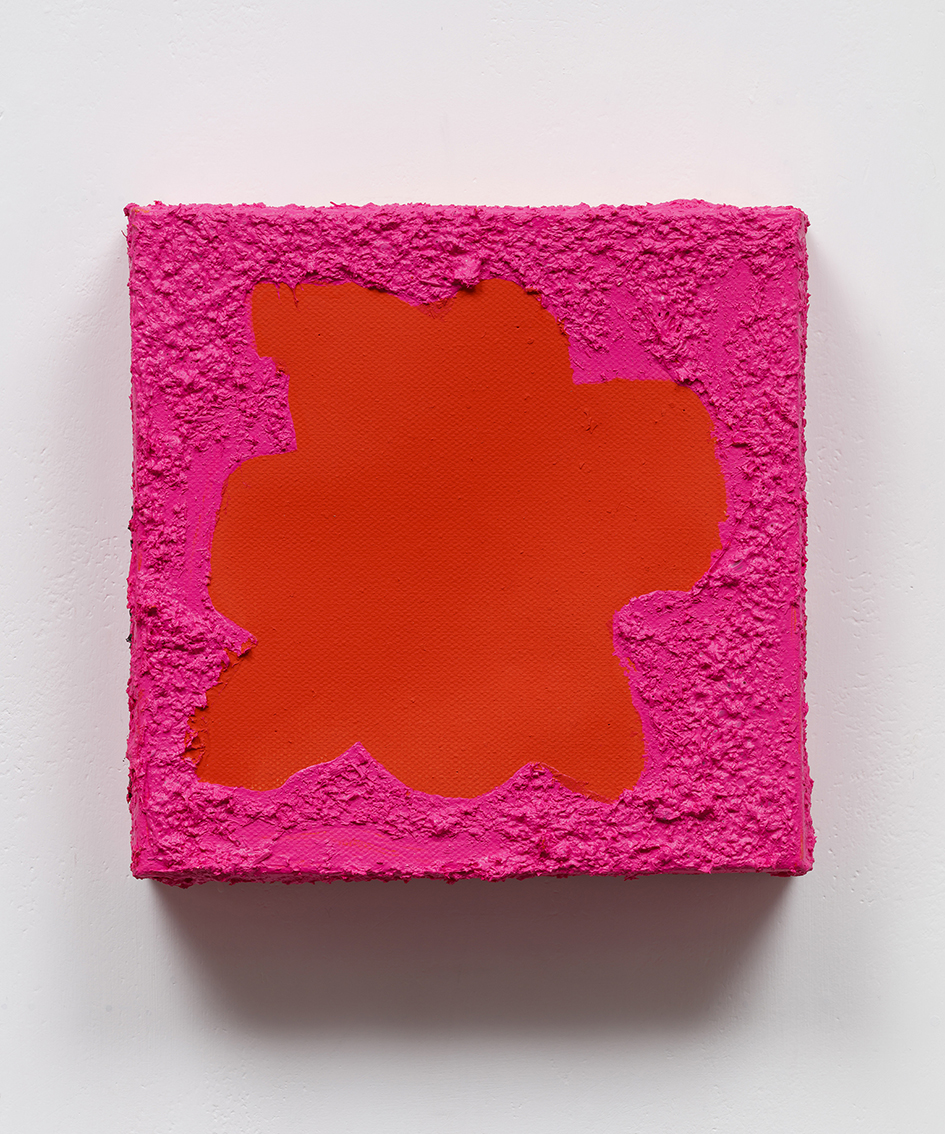|
●★ Lv. Beethoven : Sonata Nr. 21 in C Op. 53『Waldstein 발트슈타인』★●
Allegro conbrio Molto Adagio Rondo Allegretto Moderato
Leonard Gilbert(Piano)
● 생일축하~* 프린세스 미뉴엣♡ ●
● Beethoven:Sonata Nr.21 in C Op.53WaldsteinBeethoven's Piano Sonata No. 21 in C major, Op. 53, known as the Waldstein, is one of the three most notable sonatas of his middle period (the other two being the Appassionata, Op. 57, and Les Adieux, Op. 81a). Completed in summer 1804 and surpassing Beethoven's previous piano sonatas in its scope, the "Waldstein" is a key early work of Beethoven's 'Heroic' decade (1803–1812) and set a standard for piano composition in the grand manner. The sonata's name derives from Beethoven's dedication to his close friend and patron Count Ferdinand Ernst Gabriel von Waldstein of Vienna. Like the Archduke Trio (one of many pieces dedicated to Archduke Rudolph), it is named for Waldstein even though other works are dedicated to him. It is also known as 'L'Aurora' (The Dawn) in Italian, for the sonority of the opening chords of the third movement, which conjures an image of daybreak. One of his greatest and most technically challenging piano sonatas, the first section of the Rondo requires a simultaneous pedal trill, high melody and rapid left hand runs while its coda's glissando octaves, written in dialogue between the hands, compel even advanced performers to play in a simplified version since it is more demanding to play on the heavier action of a modern piano than on an early 19th Century instrument.
● MovementsThe Waldstein has three movements: The first and last movements of the sonata are the most substantial, each taking about 11 minutes to perform.
● First movement: Allegro con brioThe sonata opens with repeated pianissimo chords in a straightforward but anxious rhythm, devoid of melody for two bars. It then swiftly ascends, followed by a three-note descent in the middle register and a four-note descent in the upper. The rhythm rumbles on until the notes seem almost to stumble over themselves. The second subject group, marked dolce, is a chordal theme in E major, the mediant key. Though the first movement of the Op. 31 No. 1 sonata has a similar second subject modulation, this was the first major work in which Beethoven moves to a comparatively distant key. Later he employed the same shift again (in the Hammerklavier Sonata, for example). For the recapitulation, Beethoven transposes the second subject into A major, quickly changing into A minor and then back to C major for the coda.
● Second movement: Introduzione. Adagio molto - attaccaThe Introduzione is a short Adagio in 6/8 time that serves as an introduction to the third movement. This replaced an earlier, longer middle movement, later published as the Andante favori, WoO 57. The music gradually gets more agitated before calming down to segue into the Rondo.
● Third movement: Rondo. Allegretto moderato - PrestissimoThe Rondo begins with a pianissimo melody played with crossed hands that soon returns fortissimo, over daringly fast scales in the left hand and a continuous trill on the dominant in the right, as described above. The second theme, a series of broken chords in triplets, is soon interrupted by a turbulent section in A minor that foreshadows the central episode. The music returns to C major, and the sweet theme is repeated, followed by a series of staccato octaves in C minor that mark the start of the central episode, one of the few cases where such a melodic change is seen, a tactic repeated in larger works like the Emperor Piano Concerto. Soon the octaves are accompanied by swirling triplets in the left and then the right hand. The music grows more tense and eventually reaches a cadence in C minor. The next section brings back the opening theme in chords and further develops it: it appears in A-flat major (bars 221 - 224), then F minor (bars 225 - 228) and then D-flat major (bars 229 - 232), when it is fragmented into shorter phrases (233 pickup - 238) and then transits into a quiet section with major 7th arpeggios, returning after much drama to the C major theme played fortissimo. The second theme reappears, followed by another characteristic long line of beautiful dance-like music. Another series of fortissimo chords announces a short, delicate pianissimo section: the movement seems to die away but then unexpectedly segues into a Prestissimo coda that plays with the various themes of the movement, ending in a triumphant rush of grandeur.
● In popular cultureThis piece is played by Jane Fairfax in BBC's Emma, Episode 2. Helena Bonham Carter plays excerpts from the 2nd and 3rd movements of this piece in James Ivory's film adaptation of E. M. Forster's A Room with a View. The third-season House episode "Half-Wit" opens with Dave Matthews' character Patrick performing the first movement and later has him mimicking playing the third as he gets a CAT scan. It is used in the soundtrack for SimCopter. In the third season of Seinfeld episode 14 "The Pez Dispenser", Jason Alexander's character George attempts to sing the opening bars of the first movement during a conversation about his girlfriend, the pianist.
| |
'Episodes' 카테고리의 다른 글
| 가을이라~* (0) | 2015.10.18 |
|---|---|
| 해피해피 추석~* (0) | 2015.09.28 |
| Only sixteen~* (0) | 2015.07.19 |
| 해피 타임~~ (0) | 2015.07.19 |
| 진달래피는 언덕에서 (0) | 2015.07.19 |



